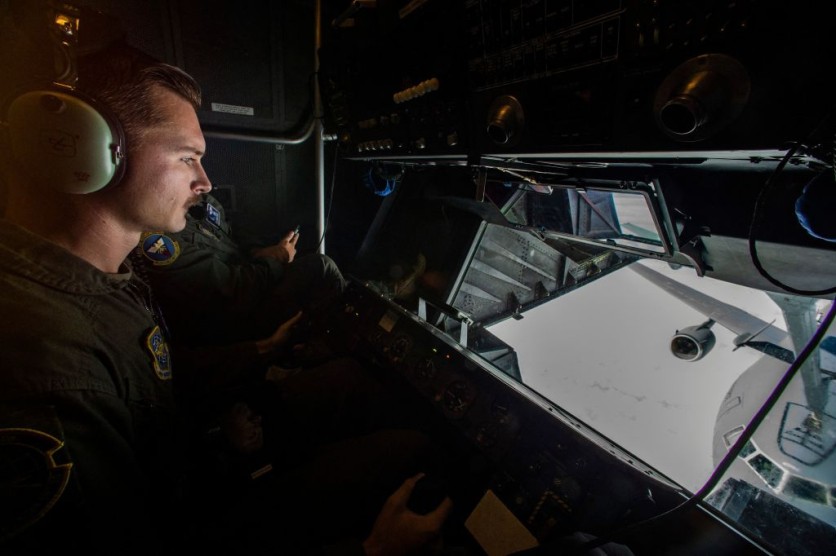The US Air Force has announced that they will no longer use Lockheed Martin's Air-Launched Rapid Reaction Weapon (ARRW) or 'Arrow', according to Interesting Engineering.

In March, a failed test took place even though the Arrow reached peak velocity of five times the speed of sound in December. With this, the USAF will no longer buy the weapon but they will complete the testing.
The test flights can help the USAF gain more information and test data that can be used for future hypersonic programs.
According to Bloomberg, the weapon is unable to communicate in-flight performance data ruined the hypersonic missile prototype's second test flight.
Also read: US Air Force Urged to Enhance Skiplanes! New Set of C-130 Airframes to Replace LC-130H Hercules
Failure to Keep Up with China?
The failure of the hypersonic missile seems like a blow to US efforts to keep up with China and Russia when it comes to weapons capability. Still, the Air Force and DARPA are still working on hypersonic weapons, which is important for the US military.
The United States Air Force has been falling behind China in the development of hypersonic weapons. Hypersonic weapons are missiles or aircraft that can travel at speeds of Mach 5 or higher, making them incredibly difficult to defend against. They have the potential to revolutionize the battlefield, but their development requires advanced technology and significant investment.
China has been making significant progress in hypersonic technology, with successful test flights of hypersonic missiles and aircraft. They have also been investing heavily in research and development of hypersonic technology, with the goal of creating a missile that can strike anywhere in the world within an hour.
In contrast, the United States Air Force has faced setbacks in its hypersonic development programs. The Air Force has also been struggling with budget constraints and competing priorities, which have slowed the development of hypersonic weapons.
The gap between the United States and China in hypersonic technology has raised concerns among defense experts. Hypersonic weapons have the potential to shift the balance of power in conflicts, and countries that possess them could have a significant advantage over those that do not. The United States has traditionally led the world in military technology, and falling behind in hypersonic development could have serious implications for national security.
To address this gap, the United States Air Force has announced plans to accelerate its hypersonic development programs. They have requested increased funding for hypersonic research and development and have partnered with private companies to speed up the process. The Air Force has also been working with allies such as Australia to share technology and expertise in hypersonic development.
While the United States Air Force may be falling behind China in hypersonic technology, there is still time to catch up. With increased investment and collaboration, the United States can continue to lead the world in military technology and maintain its strategic advantage on the battlefield.
Related article: US Air Force's New MUTANT Missile Can Bend Its Nose! Here's How It Increases Accuracy





